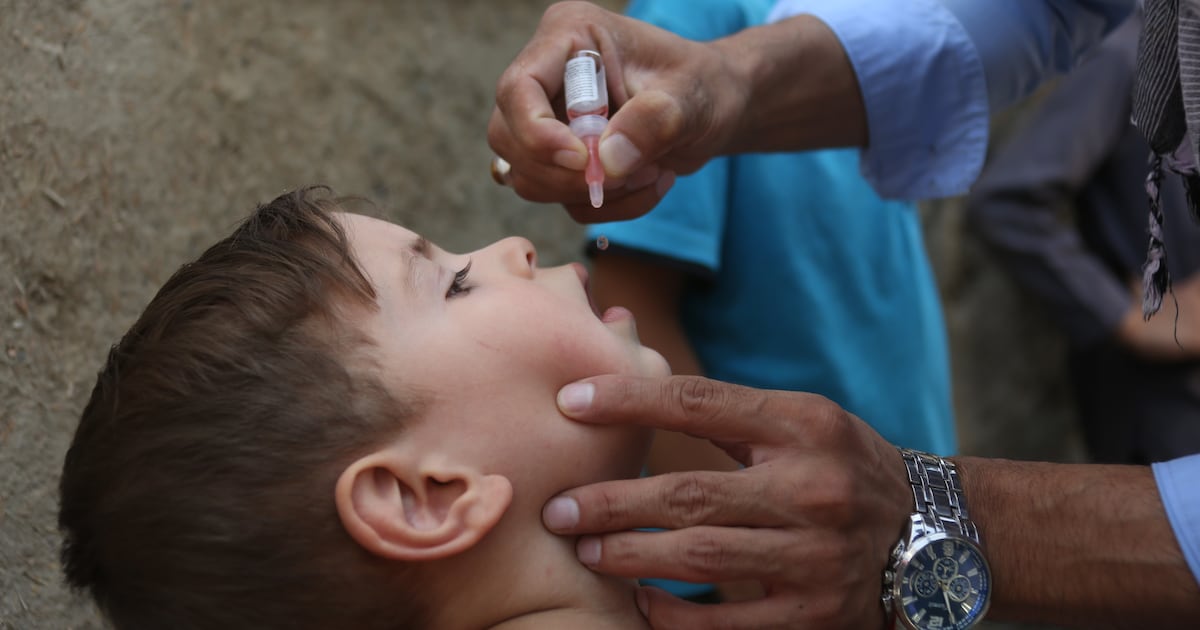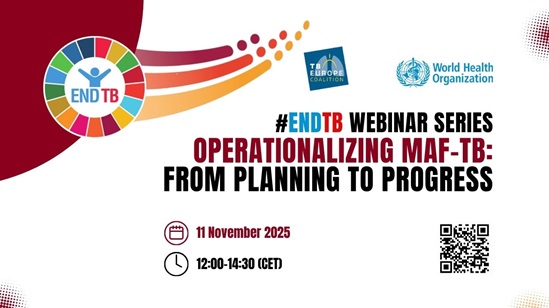9 Body Mass Index, Cancer Risk Behaviors, and Readiness for Dietary Change Among Women Surviving With Breast Cancer – CancerNetwork

Report on Body Mass Index, Risk Behaviors, and Dietary Change Readiness in Breast Cancer Survivors
Introduction and Alignment with Sustainable Development Goals
This report details a study on the relationship between Body Mass Index (BMI), cancer risk behaviors, and the readiness for dietary modification among female breast cancer survivors. The findings are critical for secondary prevention and supportive care strategies. This research directly addresses several United Nations Sustainable Development Goals (SDGs), primarily SDG 3: Good Health and Well-being, by seeking to reduce premature mortality from non-communicable diseases through prevention and treatment. By focusing on nutrition, the study also aligns with SDG 2: Zero Hunger, which aims to end all forms of malnutrition, including obesity. Furthermore, by investigating a significant health issue affecting women, the report contributes to the discourse surrounding SDG 5: Gender Equality.
Methodology
A secondary data analysis was performed on a cohort of 936 female breast cancer survivors who had sought services from a community-based cancer control organization. The Transtheoretical Model’s “Stages of Change” continuum was utilized as the theoretical framework to assess readiness for behavioral change.
- Data Collection: Information was gathered 30 days after initial contact with the organization.
- Variables Assessed:
- Demographics
- Cancer prevention awareness
- Body Mass Index (BMI)
- Tobacco and alcohol consumption
- Physical activity levels
- Dietary Stages of Change
Key Findings and Implications for SDG Targets
Participant Profile and Health Status
The participant cohort presented a range of demographic and health characteristics that underscore the challenges in achieving SDG 3 targets for well-being across all ages.
- Age and Ethnicity: 37% of survivors were aged 45 or younger, and 18.3% were non-White.
- Genetic Risk: 46.9% carried a pathogenic variant in the BRCA gene.
- General Health: 22.3% rated their general health as fair or poor.
- Body Mass Index: The mean BMI was 27.1, with 56.1% of the cohort classified as overweight or obese. This high prevalence of overweight and obesity is a significant barrier to reducing premature mortality from non-communicable diseases (SDG Target 3.4).
Cancer Risk Behaviors and Awareness
Despite high awareness of health guidelines, a significant portion of the cohort engaged in behaviors that increase cancer risk, highlighting a gap between knowledge and practice that complicates the achievement of public health goals.
- Awareness Levels: A majority demonstrated awareness of cancer prevention guidelines for alcohol (92.7%), physical activity (95%), and nutrition (92.7%).
- Risk Behaviors:
- 27.9% were current or former tobacco users.
- 33.5% had consumed two or more alcoholic drinks in the past 30 days.
- 30% were not physically active.
Readiness for Dietary Change and Contribution to Sustainable Consumption
The study analyzed the survivors’ readiness to adopt healthier diets, a key component of both SDG 3 and SDG 12 (Responsible Consumption and Production), which encourages sustainable food consumption patterns.
- Maintenance Stage: This stage, representing sustained change, was the most common for dietary behaviors.
- Avoiding red meat: 65.6%
- Increasing fiber consumption: 63.6%
- Preparation and Action Stages: The highest proportion in these active change stages was observed for increasing fruit and vegetable consumption (29.8%).
- Precontemplation and Contemplation Stages: Fewer than 20% of survivors were in the earliest stages of considering change for any dietary behavior.
- Key Correlation: A statistically significant correlation was found wherein survivors who were overweight/obese (P <.001 and less physically active reported lower readiness for dietary change. this identifies a critical high-risk group that is least prepared to adopt protective health behaviors.>
Conclusion and Recommendations for SDG Advancement
The findings confirm that effective dietary interventions must be tailored to a survivor’s readiness for change. The Transtheoretical Model is a valuable tool for designing these strategies. To advance SDG 3, targeted interventions are urgently needed for overweight, obese, and physically inactive breast cancer survivors, as this group is at the greatest risk for recurrence yet demonstrates the lowest motivation for change.
By promoting diets higher in fruits, vegetables, and fiber while reducing red meat consumption, public health initiatives can simultaneously support SDG 3 (Good Health and Well-being) and SDG 12 (Responsible Consumption and Production). Addressing lifestyle factors in cancer survivorship is therefore a crucial, multi-faceted strategy for building healthier and more sustainable societies.
Which SDGs are addressed or connected to the issues highlighted in the article?
SDG 3: Good Health and Well-being
- The article directly addresses health issues, focusing on breast cancer survivors. It examines risk factors such as obesity, poor nutrition, physical inactivity, tobacco use, and alcohol consumption, which are central to the prevention and management of non-communicable diseases (NCDs) like cancer. The study’s goal of understanding readiness for dietary change to improve outcomes for survivors aligns with ensuring healthy lives and promoting well-being.
What specific targets under those SDGs can be identified based on the article’s content?
SDG 3: Good Health and Well-being
-
Target 3.4: By 2030, reduce by one-third premature mortality from non-communicable diseases through prevention and treatment and promote mental health and well-being.
- The article focuses on secondary prevention for breast cancer survivors to reduce the risk of recurrence and poorer outcomes. It investigates key risk factors for NCDs, such as being overweight/obese (“56.1% were overweight/obese”), physical inactivity (“30% were not physically active”), and poor diet, all of which are critical components of NCD prevention and treatment strategies.
-
Target 3.5: Strengthen the prevention and treatment of substance abuse, including narcotic drug abuse and harmful use of alcohol.
- The article specifically assesses alcohol consumption as a cancer risk behavior. It reports that “33.5% had consumed 2+ drinks containing alcohol in the past 30 days (16.5% consumed 4+ alcohol drinks in 1 sitting),” which constitutes data on the harmful use of alcohol among the studied population.
-
Target 3.a: Strengthen the implementation of the World Health Organization Framework Convention on Tobacco Control in all countries, as appropriate.
- The article identifies tobacco use as a significant risk behavior among breast cancer survivors, stating that “27.9% of breast cancer survivors were current or former tobacco users.” This directly relates to the goal of controlling tobacco use.
Are there any indicators mentioned or implied in the article that can be used to measure progress towards the identified targets?
Indicators for Target 3.4
-
Implied Indicator (related to 3.4.1 – Mortality rate from NCDs): Prevalence of overweight and obesity.
- The article provides a direct measurement for this risk factor: “The mean (SD) BMI was 27.1 (6.4), and 56.1% were overweight/obese.” This is a key indicator for monitoring NCD risk.
-
Implied Indicator (related to 3.4.1): Prevalence of insufficient physical activity.
- The article quantifies this behavior: “30% were not physically active.” This measures a major risk factor for NCDs.
-
Implied Indicator (related to 3.4.1): Prevalence of unhealthy dietary behaviors.
- The article measures dietary habits by assessing the percentage of survivors in different stages of change for behaviors like “avoiding red meat,” “increasing fiber consumption,” and “increasing fruit/vegetable consumption.”
Indicators for Target 3.5
-
Indicator 3.5.2: Harmful use of alcohol.
- The article provides specific data points that measure patterns of harmful alcohol use: “33.5% had consumed 2+ drinks containing alcohol in the past 30 days” and “16.5% consumed 4+ alcohol drinks in 1 sitting.”
Indicators for Target 3.a
-
Indicator 3.a.1: Prevalence of current tobacco use.
- The article provides a prevalence rate for the studied group: “27.9% of breast cancer survivors were current or former tobacco users.” This directly measures progress related to tobacco control.
SDGs, Targets and Indicators
| SDGs | Targets | Indicators |
|---|---|---|
| SDG 3: Good Health and Well-being | 3.4: Reduce premature mortality from non-communicable diseases (NCDs) through prevention and treatment. |
|
| SDG 3: Good Health and Well-being | 3.5: Strengthen the prevention and treatment of substance abuse, including harmful use of alcohol. |
|
| SDG 3: Good Health and Well-being | 3.a: Strengthen the implementation of the WHO Framework Convention on Tobacco Control. |
|
Source: cancernetwork.com

What is Your Reaction?
 Like
0
Like
0
 Dislike
0
Dislike
0
 Love
0
Love
0
 Funny
0
Funny
0
 Angry
0
Angry
0
 Sad
0
Sad
0
 Wow
0
Wow
0
























;Resize=805#)






















































